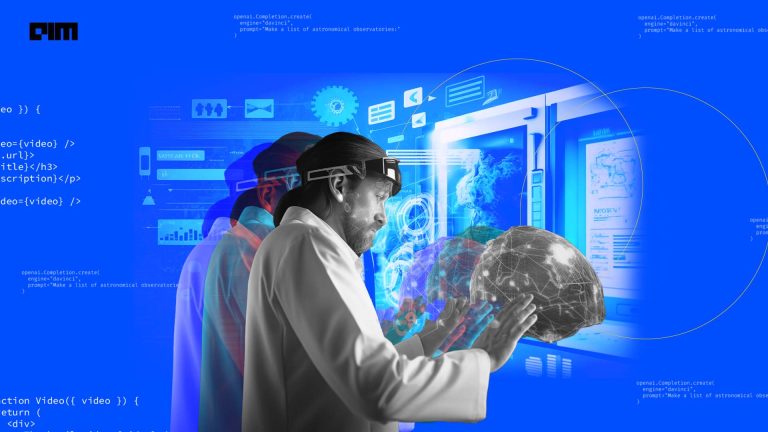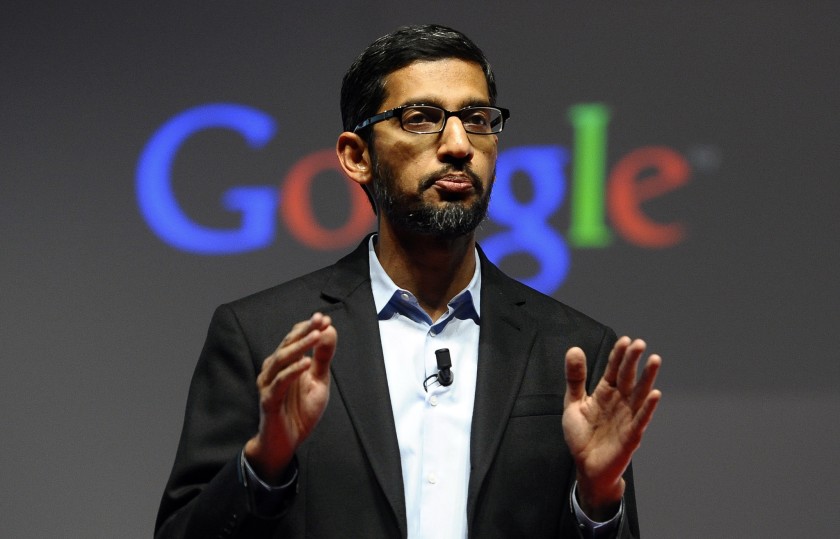|
Listen to this story
|
It’s not uncommon for studies to make bold claims about the environmental impact of AI. Recently, a study from MIT, the University of California, and others caught our attention with a provocative headline: “The Carbon Emissions of Writing and Illustrating Are Lower for AI than for Humans.” While the findings sound impressive at first glance, a closer examination reveals some critical flaws that undermine the study’s credibility.
The study in question compared the carbon emissions of AI systems, including ChatGPT, BLOOM, DALL-E2, and Midjourney, to those of human writers and artists. It concluded that AI emits significantly less carbon dioxide equivalent (CO2e) when performing tasks like writing and illustration. For example, ChatGPT emitted a mere 2.2 grams of CO2 per query, while a human writer from the United States was responsible for around 1400 grams of CO2e per page. But let’s not get carried away just yet.
Yann LeCun, the Meta AI chief, shared the study on X where a lot of people were talking about the problems with the paper and the hundreds of things it overlooks.
The study neglects to address the energy-intensive process of training AI models. AI models like ChatGPT and DALL-E2 require massive amounts of computational power and electricity during their training phases. The carbon emissions associated with training these models are substantial and are often overlooked in such analyses. It’s essential to consider the entire lifecycle of AI systems, from training to operational use, when evaluating their environmental impact.
Some funny claims
At the risk of sounding like an AI ethicist, another issue is the methodology used in the study. It assumes that a person’s emissions while writing are in line with their overall annual carbon footprint, equating an hour of writing to an hour of breathing. This assumption is far from scientific and doesn’t account for the fact that humans continue to breathe even when they’re not actively writing.
A user on HackerNews explains that this is like saying that the emissions of a person riding a bicycle should be attributed to cycling alone, ignoring the carbon emissions associated with their daily existence. To put it simply, humans breathe whether they’re writing or not. AI systems, on the other hand, can be turned off when not in use, effectively reducing their carbon footprint to the tasks they perform. This skewed comparison fails to consider the full scope of human and AI emissions accurately.
Another user points out that the study also overlooks a critical aspect of AI development: the data. AI systems rely on large datasets of text and images to generate content. These datasets are created by humans, and the energy and resources required for data collection, labeling, and preparation should be factored into the environmental equation.
Another aspect ignored by the study is the continuous improvement and fine-tuning of AI models. These models require regular updates and adjustments, which consume computational resources and emit carbon emissions. The study’s focus on a single page of text or one illustration does not account for the ongoing operational costs of AI systems, contributing to an incomplete picture.
Honestly, it doesn’t really matter
In essence, AI models are built on the creative work of humans, making it misleading to compare AI’s emissions directly to those of humans without acknowledging this significant contribution. In response to these valid criticisms of the paper, some might argue that even if AI systems emit more CO2 during their lifecycle, it doesn’t really matter because they’re more efficient at certain tasks.
In conclusion, while the study’s findings may initially suggest that AI is a greener alternative to human creativity, a deeper examination reveals the flaws in its methodology and the incomplete picture it paints. However, AI researchers are also not overlooking the impact AI creates on the environment and are actively taking steps such as investing in nuclear energy to resolve the issue.




















































































